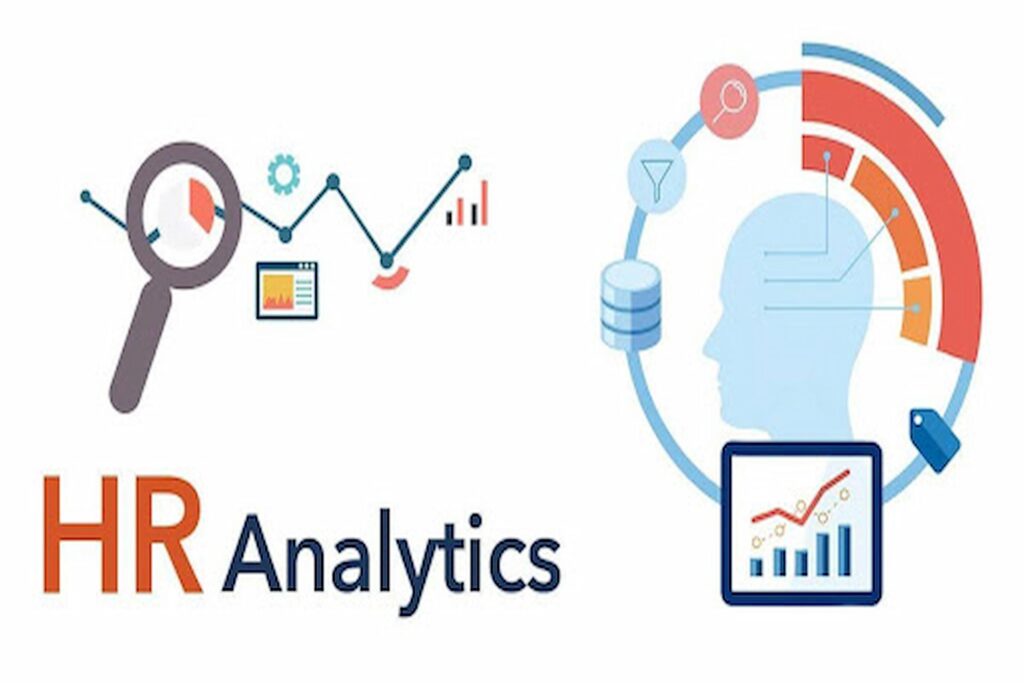Human Resource (HR) Analytics involves the procedure of studying HR-related data to facilitate improved decision-making and performance of a business establishment. This makes HR analytics an essential tool for organizations to improve the HR management process, making the business productive, says Charles Spinelli. Analysis of data on diverse HR metrics including hiring, engagement, and retention to employee performance and productivity makes it easy for companies to understand trends, patterns, and insights in making valuable decisions and accomplishing their strategic goals.
Importance of HR Analytics
- Apart from identifying the best-fit candidates for a specific job role, HR analytics can be of immense help in retaining talents by classifying influential factors leading to employee turnover.
- HR analytics can support organizations in measuring employee engagement and productivity and also identifying factors that influence them. Analyzing such data helps businesses formulate strategies to enhance employee engagement and efficiency, leading to better business outcomes.
- HR analytics can help businesses get valuable insights into HR-related issues involving skill gaps, forecasting staffing needs, determining the need for upskilling or training, etc. These valuable data can help organizations make data-driven decisions making them more accurate, dependable, and effective.
The Current HR Analytics Status
The landscape of HR Analytics is undergoing a remarkable transformation with the appearance of several new and emerging technologies thereby allowing organizations to gather and analyze HR data more efficiently and productively. Since the technologies continue to advance, they are expected to become more powerful tools for enterprises to gain deeper insights into manpower management by having more informed and smarter HR decisions.
Charles Spinelli Focuses on Five Emerging Trends in HR Analytics
AI And ML For Predictive Analytics
Cutting-edge technologies like artificial intelligence (AI) and machine learning (ML) can be used in HR analytics for predictive analytics on future actions by feeding them with historical data on different factors. For instance, using AI and ML can be helpful to foresee employee turnover, and recognize high-potential employees apart from future workforce needs.
Blockchain Technology For Safe HR Data Management
The distributed ledger technology of blockchain ensures secure, transparent, and seamless data management. According to Charles Spinelli, in HR Analytics, blockchain can be used to generate a safe and efficient system for the management of employee data, such as employee personal data, payroll and benefits information, performance records, etc.
Augmented And Virtual Reality (AR/VR) For Training
The usage of AR and VR technologies has become highly popular across industries. In HR Analytics, AR and VR can be used for providing onboarding employees immersive training enabling them to ingest things faster, easier, and more effectively. For instance, by producing virtual simulations of job roles in complex projects, businesses can provide employees with practical training experiences making them more engaging and easy to understand.
IoT In Productivity Monitoring
The Internet of Things, or IoT, refers to a network of interrelated devices alongside sensors that can exchange and transmit valuable data for important decision-making. The power of the tool can be used in HR analytics to oversee workplace productivity by tracking employee involvement, usage of equipment, and other internal and external factors that can impact productivity. Thereby the data can be processed and analyzed to figure out the areas of gapping if any, bring improvement and optimize organizational productivity.
Wearable Technology For Promoting Employee Wellness
Wearable technological tools such as smartwatches, and fitness trackers among others can be utilized for tracking data related to employee health and wellness factors like sleep patterns, stress level, physical activity, etc. These data can be used in HR Analytics to identify trends and understandings that enable businesses to boost employee health and well-being.
The implementation of emerging technologies and trends in HR Analytics can be a great way to transform the way businesses manage their workforce more efficiently.

